Fairness, Privacy and Efficiency in AI
Vishnu Boddeti
September 02, 2022
Progress In Machine Learning
Speech Processing
Image Analysis
Natural Language Processing
Physical Sciences
State-of-Affairs
(report from the real-world)
Feb. 09, 2018


- Boulamwini and Gebru, "Gender Shades:Intersectional Accuracy Disparities in Commercial Gender Classification," FAT 2018

Jan. 18, 2020


June 17, 2020
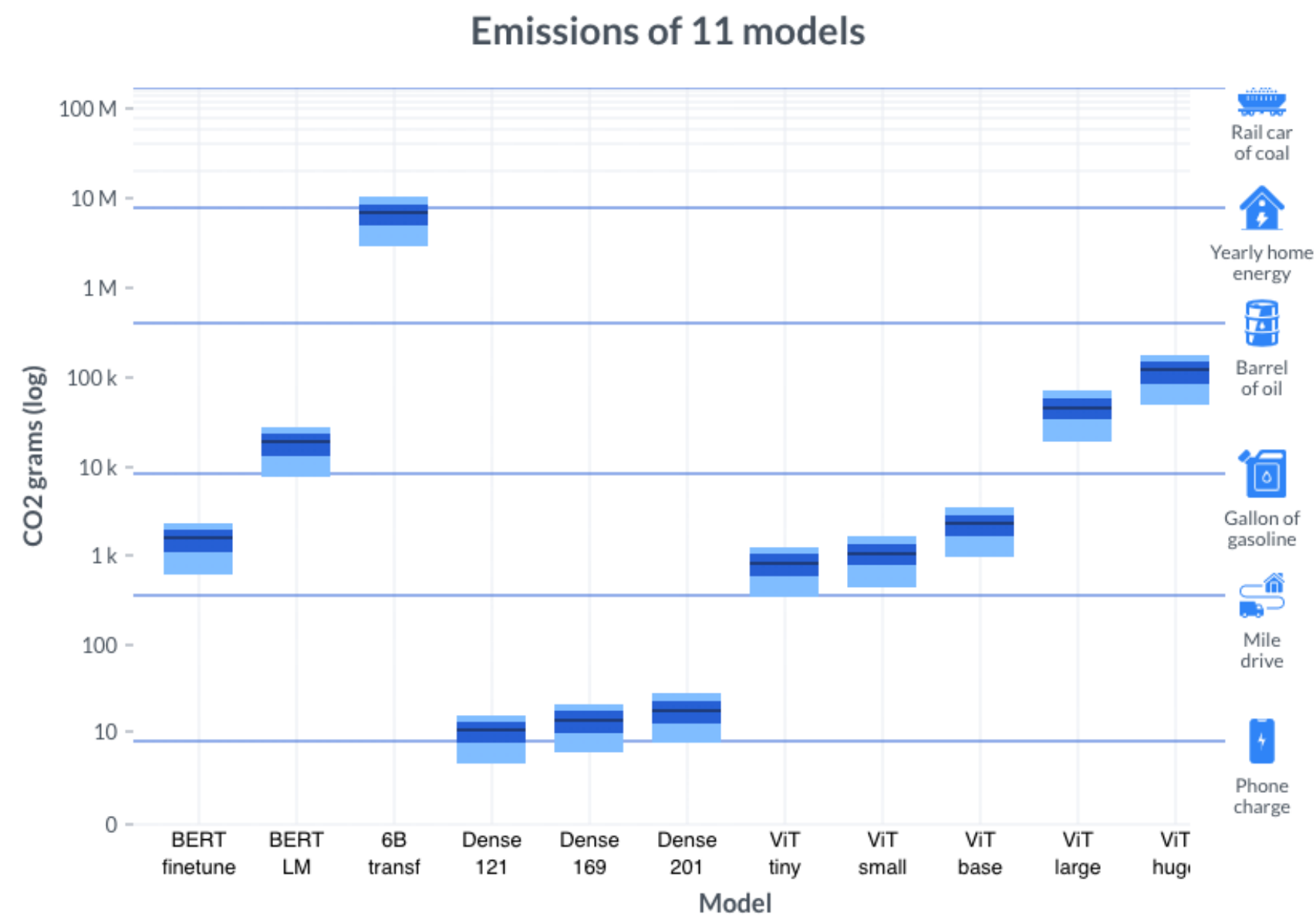
Research Agenda
Fairness in AI
Research Questions
- What are the exact fundamental limits and trade-offs between utility and fairness?
- How can we design machine learning systems to achieve these fundamental limits and trade-offs?
Trade-Offs in Algorithmic Fairness

- "Characterizing the Fundamental Trade-offs in Learning Invariant Representations," Arxiv 2021
- "Adversarial Representation Learning With Closed-Form Solvers," ECML-PKDD 2021
- "On the Global Optima of Kernelized Adversarial Representation Learning," ICCV 2019
- "Mitigating Information Leakage in Image Representations: A Maximum Entropy Approach," CVPR 2019
Notions of Algorithmic Fairness
- There are many notions of fairness (21 definitions):
- Demographic Parity
- Equalized Odds
- Eqality of Opportunity
- Estimate the fundamental limits and trade-offs for all definitions of fairness.
Fairness Under Practically Relevant Scenarios
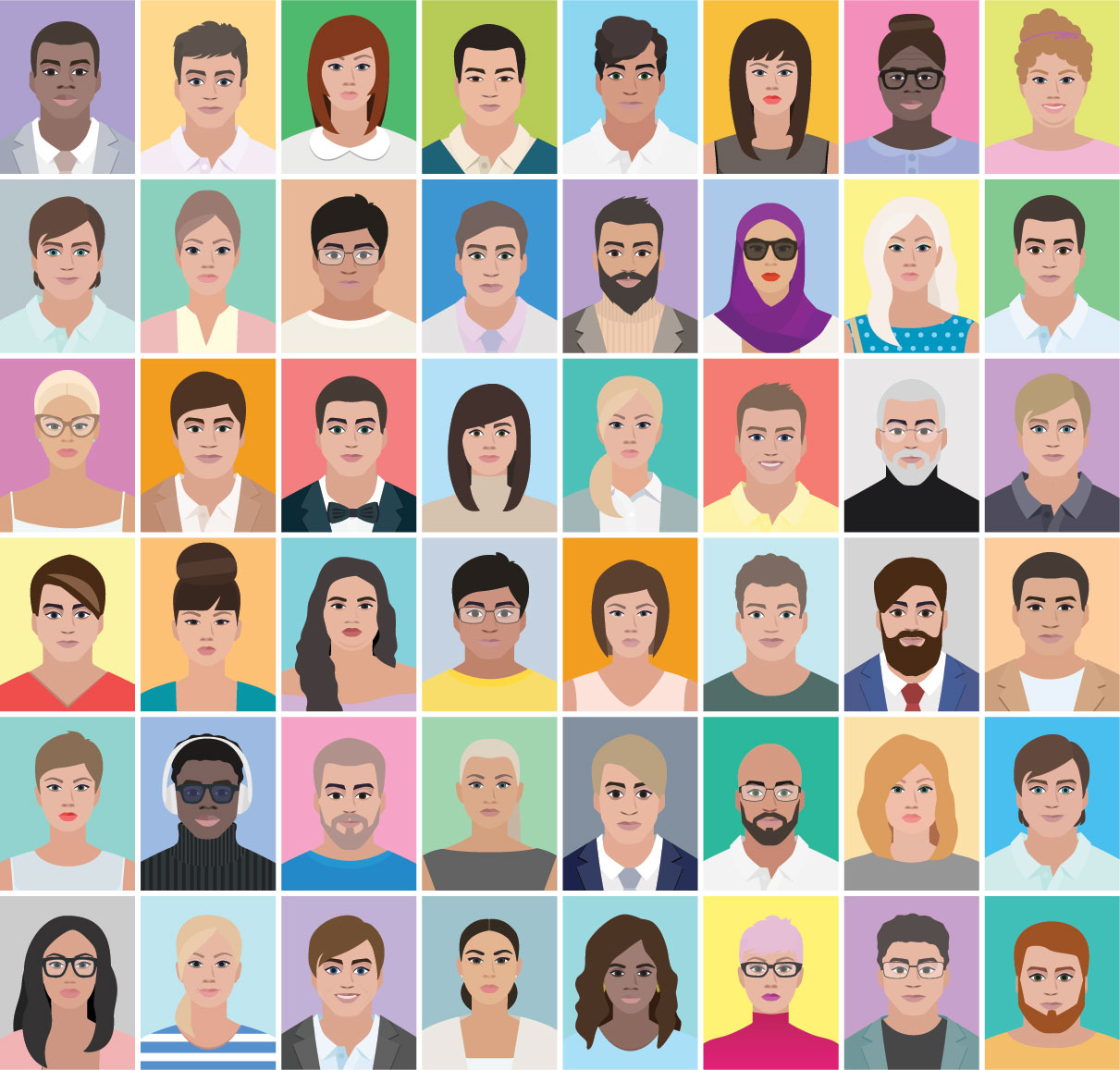
- Application Domain: Face Recognition
- Mitigating worst case instance bias as opposed to average population bias.
- Mitigating bias without access to demographic information.
- Summary: Next generation of machine learning systems have to be designed with fairness constraints.
Privacy in AI
Why Privacy in AI?

...consent should be given for all purposes...
Research Directions
- Adapting homomorphic encryption for machine learning constraints.
- Adapting machine learning for homomorphic encryption constraints.
Privacy-Preserving Biometrics with Homomorphic Encryption
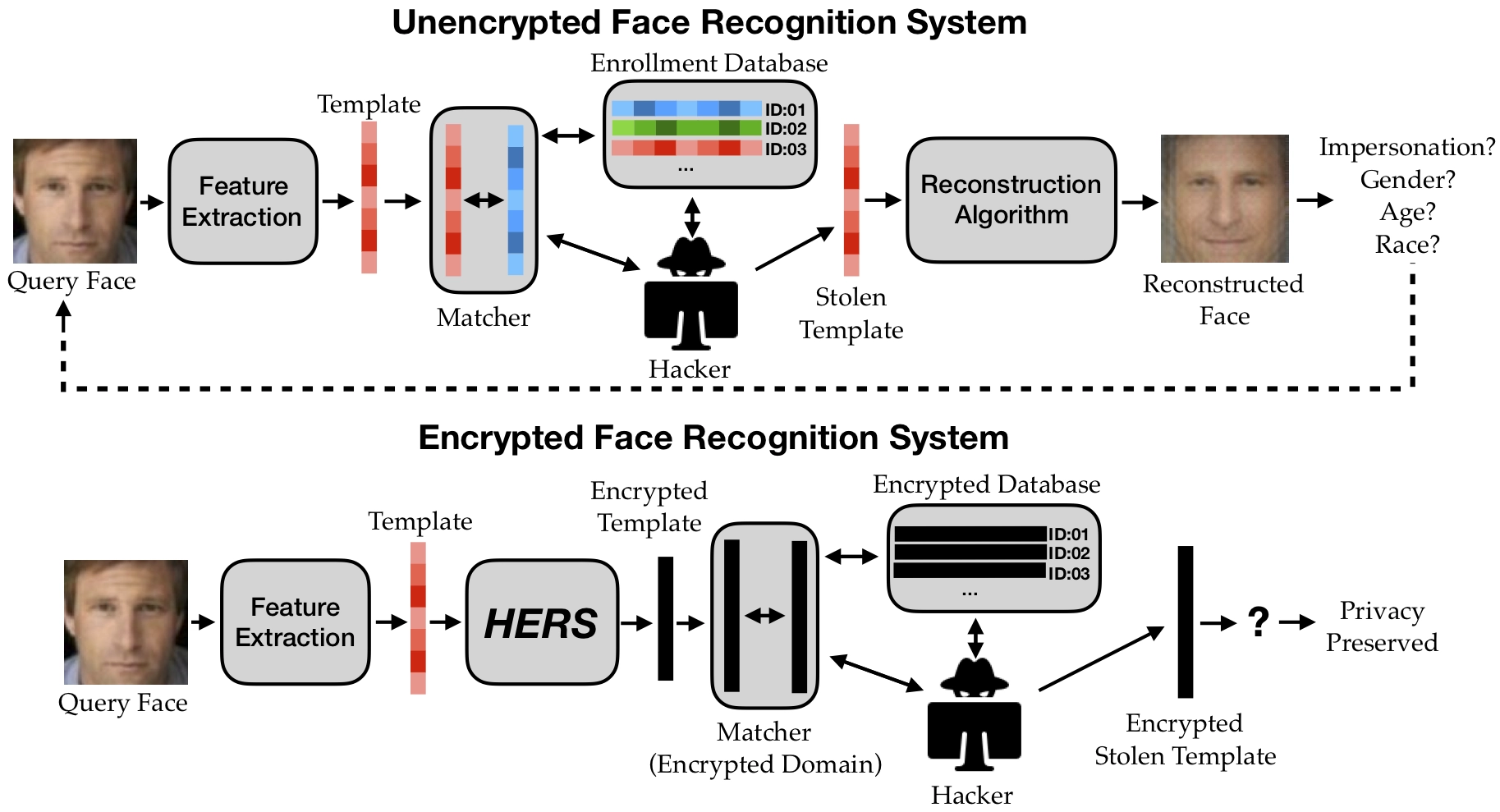


Privacy-Preserving Learning on Homomorphically Encrypted Data

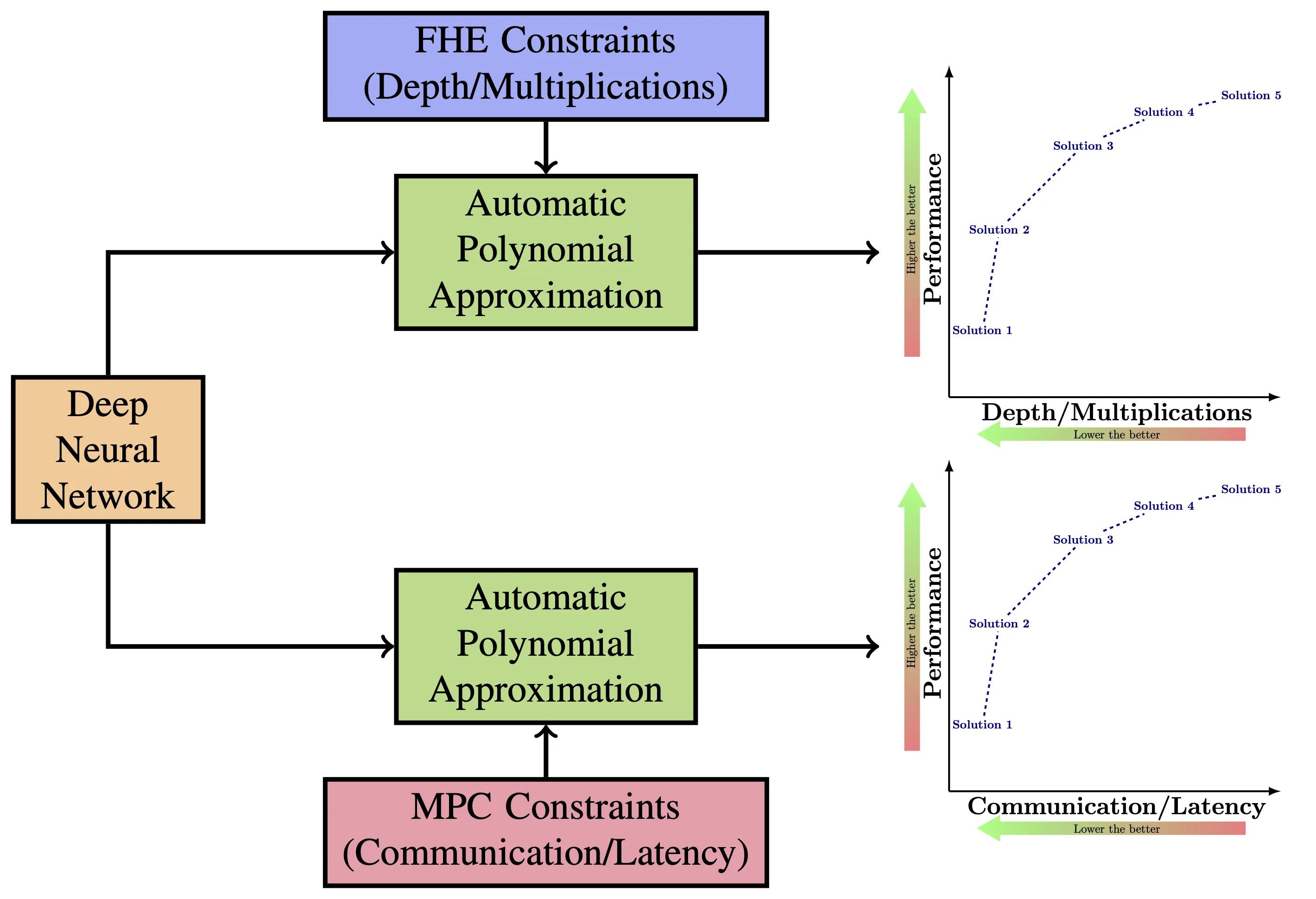
Computationally Efficient Deep Learning
DNN Design Involves...













Many More $\Huge \dots$
Early DNN Architecture Development
- Primarily driven by skilled practitioners and elaborated design.
- a.k.a "Graduate Student Design"
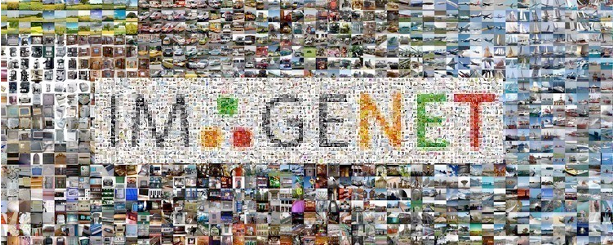
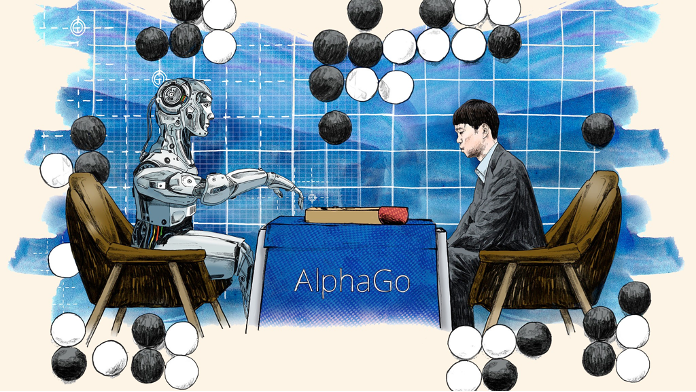
Not scalable to the increasing demand for AI solutions.
Limited Hardware Resources in Real World

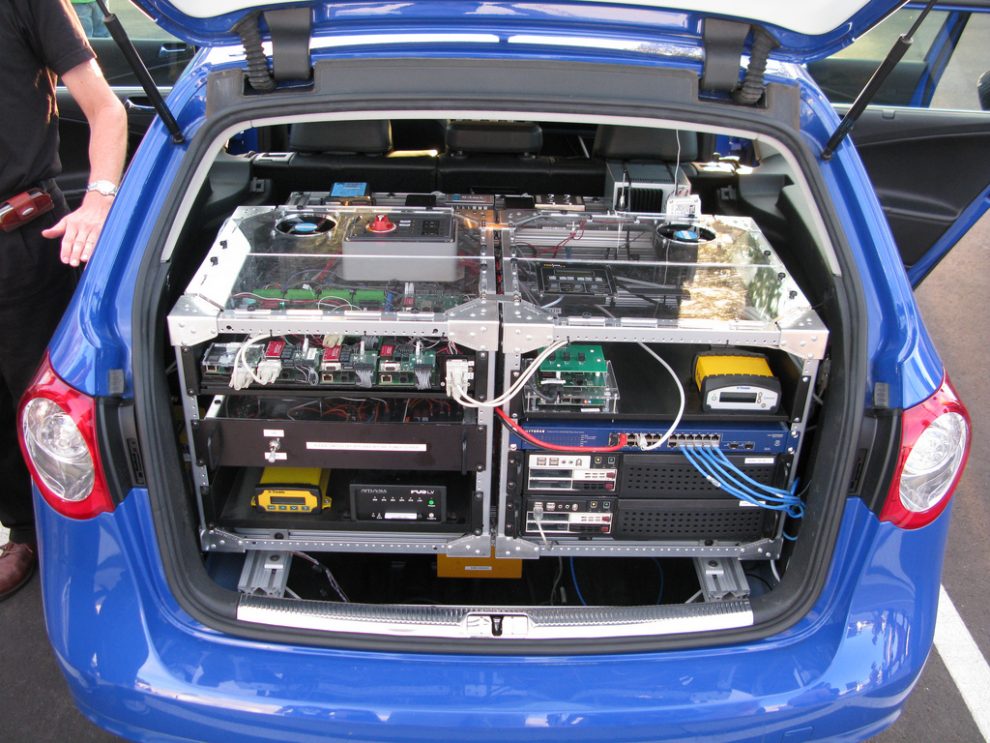
We need more efficient algorithms that consumes less computation.
Research Directions
- Automatically design neural networks while optimizing multiple objectives.
- Automatically design bespoke neural networks for non-standard tasks.
Deployment Aware NAS
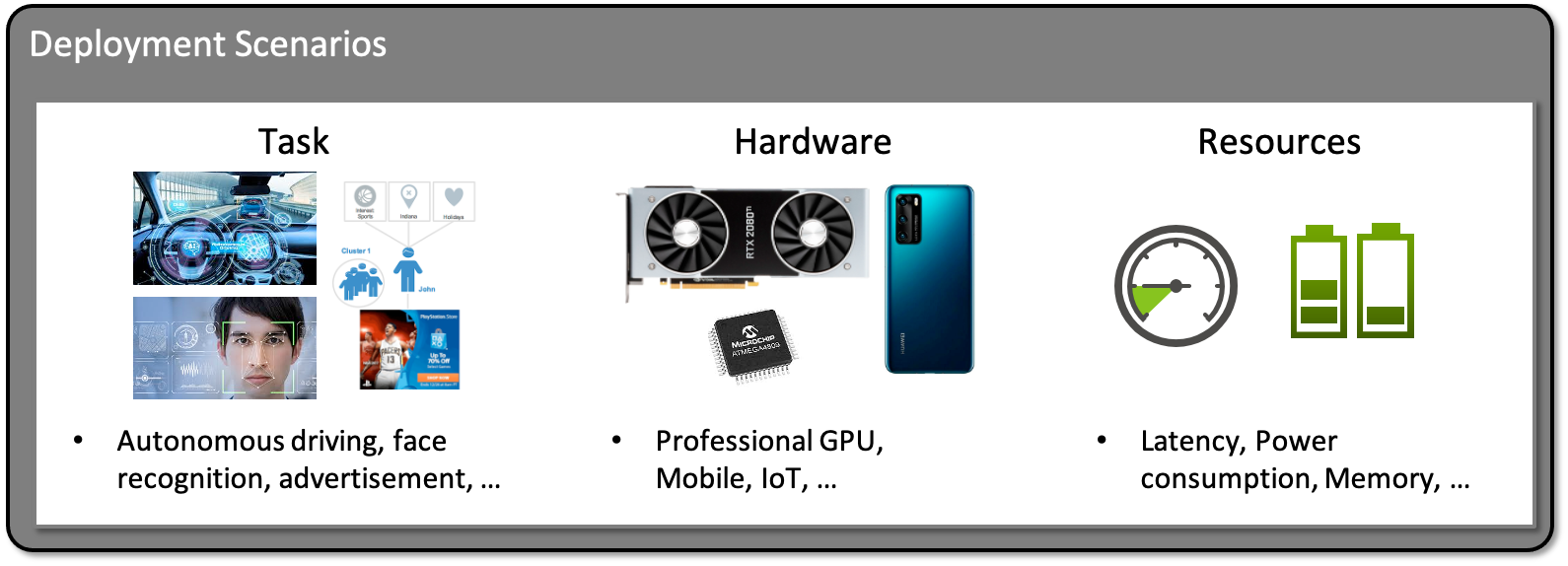
- Autonomous driving needs to balance performance and latency.
- Mobile applications need to balance performance and power consumption.
Neural architecture search is a multi-objective optimization problem
Automating DNN Design





Search Process
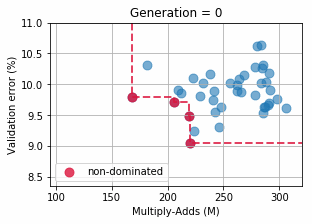

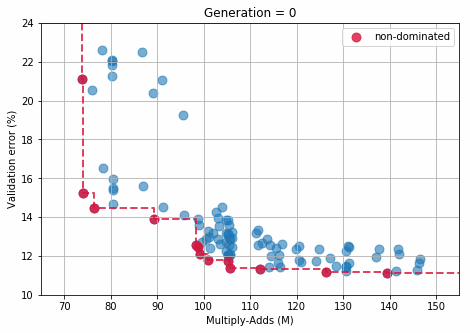
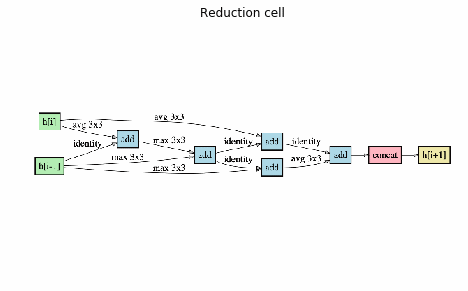
- NSGA-NET: Neural Architecture Search using Multi-Objective Genetic Algorithm, GECCO 2019
- Multi-Objective Evolutionary Design of Deep Convolutional Neural Networks for Image Classification, IEEE TEVC 2020
Versatility: NAS Beyond Standard Datasets
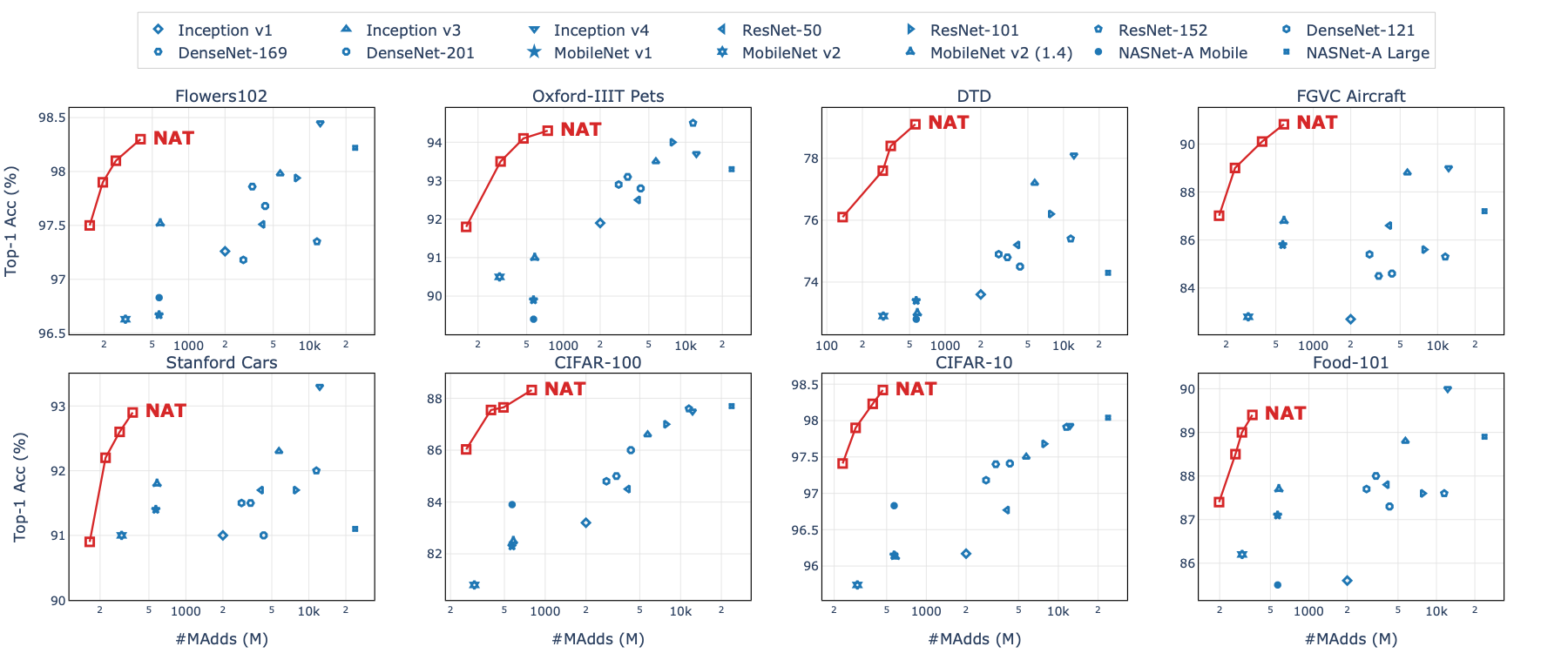
- Summary: Next generation of machine learning systems have to be designed with efficiency constraints.
- NSGANetV2:Evolutionary Multi-Objective Surrogate-Assisted Neural Architecture Search, ECCV 2020
- Neural Architecture Transfer, IEEE TPAMI 2021